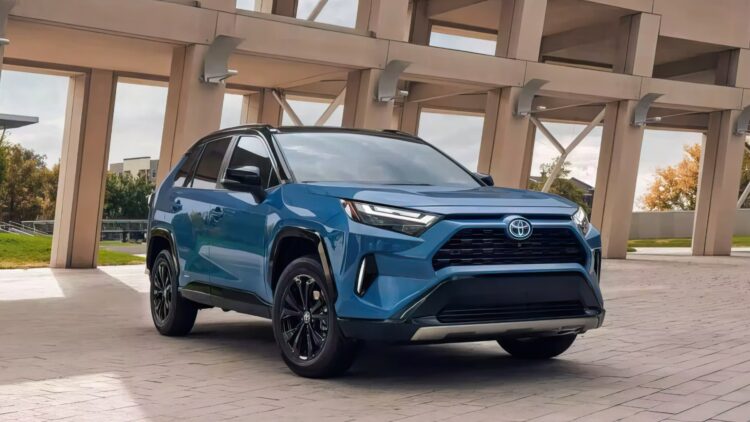One of the largest car dealers in the United States has just announced a safety recall of more than 1 million of its vehicles. This recall affects Toyota and its luxury brand, Lexus, as well as some Subaru models. This safety campaign, identified by the National Highway Traffic Safety Administration (NHTSA) as number 25V-744, calls for the recall of 1,244,007 vehicles in the United States alone.
Like everything in technology today, this is not a hardware problem, but a software one; apparently, the rearview camera system has a bus that compromises safety when reversing. For drivers who are accustomed to relying on the rear camera instead of looking in the rearview mirror and turning around to see with their own eyes, this is a driving vulnerability that prompted the NHTSA to formally issue a recall on October 30, 2025.
Toyota’s recall: what’s the issue with the camera?
Supposedly, the problem lies in the Parking Assist Electronic Control Unit (ECU). (Isn’t technology wonderful? Until a few years ago, we made do with rear-view mirrors just fine.) This module manages the rear camera image together with the Panoramic View Monitor (PVM) system.
The software glitch in the ECU can manifest in two ways: the bus can cause the camera image to freeze briefly for up to almost two seconds—1.8 seconds, to be exact. This happens under a very specific combination of factors, if the driver puts the vehicle in reverse within the first 2.6 seconds after starting the engine. Considering that this is the time when most people are leaving their home parking spaces, and there may be pets or small children getting behind the car without realizing the danger involved, Toyota has rushed to issue this recall, as many drivers do not realize that the image has frozen until it is too late.
If you thought this was already serious enough, wait until you hear about second scenario in which it can get out of the loop: the screen may go completely blank the next time the vehicle is started. Yes, you read right; if the driver turns off their Toyota or Lexus during a data writing process—which is usually extremely short, lasting 20 to 30 seconds—just after starting the vehicle only 12 seconds earlier, the screen stops working. In both cases, the driver loses essential rear visibility, which violates Federal Motor Vehicle Safety Standard (FMVSS) No. 111 and endangers pedestrians, cyclists, and other vehicles when maneuvering.
Fortunately, Toyota has confirmed that to date there have been no reported accidents or injuries related to this software issue, so this recall is entirely preventive.
Which Toyota cars are affected by this software recall?
Although the software defect in the PVM system is present in all vehicles sold by Toyota worldwide, here is a list of the affected models sold in the United States. Most of these vehicles are from model years 2022 to 2026:
- Lexus RX / RX Hybrid, 2023-2026;
- Toyota RAV4 / RAV4 Hybrid, 2023-2026;
- Toyota Grand Highlander / Hybrid, 2024-2026;
- Lexus, TX / TX Hybrid, 2024-2026;
- Toyota, Highlander / Hybrid, 2023-2025;
- Subaru Solterra, 2023-2025
- Lexus NX / NX Hybrid, 2022-2025; and
- Toyota Land Cruiser, 2024-2025.
The good news is that this recall is due to a software glitch, so it doesn’t require any mechanical parts to be replaced (no expensive repair bills). The repair only requires taking it to the dealership, where the parking assist ECU software will be updated. This update is free for the owner, and the process only takes about an hour.
To make sure your car needs this update, look up your vehicle identification number on the official NHTSA.gov/recalls website. Once you have confirmed that your Toyota, Lexus, or Subaru is one of the affected vehicles, contact your nearest authorized dealer to schedule the software update. Until then, all drivers are advised to exercise extreme caution when reversing.
Even if you are accustomed to the rearview camera system, be sure to use your side mirrors and rearview mirror, and manually check your blind spots. In short, pretend the cameras don’t exist, as they are currently unreliable.

